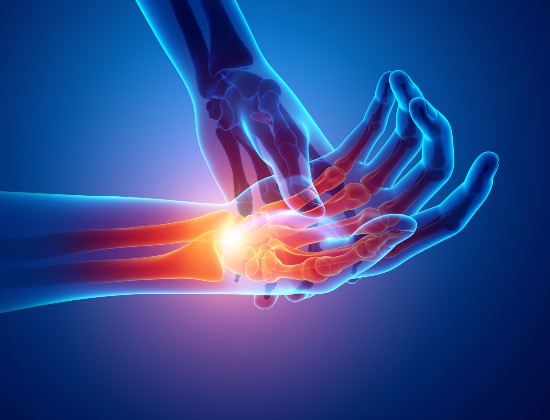Finger fractures
There are 14 bones in the fingers and, although having a broken finger may not sound too serious, the effect it can have on your ability to carry out everyday tasks can be enormous. For this reason, a finger fracture is considered serious; without having the correct treatment, the finger may be permanently deformed and painful with limited movement.
Causes
Fingers can be broken when you put out your hand to break a fall, or if a finger jams when you’re catching a ball.
Symptoms
Swelling, pain, tenderness, bruising, limited movement and possibly deformity of the finger are all common symptoms.
Diagnosis
After discussing how the accident happened, the specialist will examine the fingers to check whether they are straight and if they overlap or look deformed. The diagnosis is usually backed up by X-rays to compare the injured hand with the other one.
Treatment
Non-operative treatment: Often, the specialist will be able to realign your finger (put it back in place) and fit a splint or cast to keep it immobilised for around three weeks while the bone heals. Putting a splint on the fingers next to the injured finger can help to support it.
Surgery: if the finger is badly broken or displaced (out of alignment), you may need to have urgent surgery to pin, screw or wire it back into place so it can heal correctly. Your specialist may also advise that you do some simple exercises to regain strength and reduce stiffness.
Important: This information is only a guideline to help you understand your treatment and what to expect. Everyone is different and your rehabilitation may be quicker or slower than other people’s. Please contact us for advice if you’re worried about any aspect of your health or recovery.


